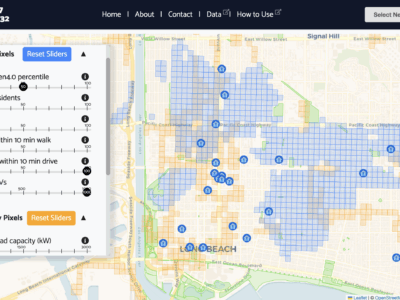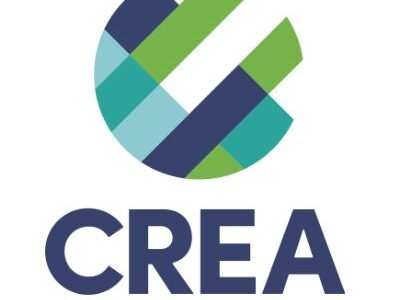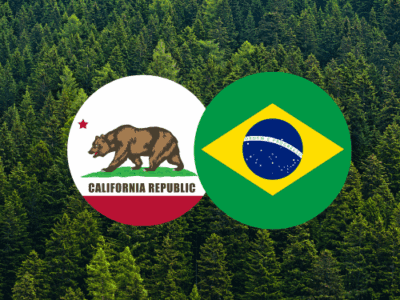Scenarios and Uncertainty
Imagining different futures can be the best way to think through options when we don’t know the odds.
In environmental law, we’re often operating at the limits of knowledge about the natural world and human behavior. Climate change is well understood in some ways, but it will set off a chain of reactions that we only partly understand. It’s also difficult to predict the future of ecosystems, future energy prices, technological changes, and a host of other factors relevant to environmental law. Scenarios can be the best way to think about making choices in the face of all this uncertainty.
Scenario analysis avoids the pitfall of projecting a single probable future when vastly different outcomes are possible; broadens knowledge by requiring more holistic projections; forces planners to consider changes within society as well as outside circumstances; and, equally importantly, forces decision-makers to use their imaginations, while providing a check on the realism of the resulting stories.
Storylines are alternative pathways that let us examine futures. They’ve been used as part of scenario in the environmental area but even more commonly in mapping out international, business, and military strategies. Best practices for constructing scenarios have also emerged, including participation by people with diverse perspectives, independently obtaining expert input, using alternate assumptions to look at data, and using quantitative techniques to extrapolate trends. Rigorous analysis based on expert opinions, data and modeling, distinguishes storylines from science fiction.
Within the scenario family, however, are several different subtypes, varying in the process for developing the scenario, whether the scenario is exploratory or designed to exemplify the pathway to a given outcome (such as achieving the Paris Agreements goals), or informal as opposed to probabilistic.
Use of scenarios in the context of climate change has been a particular subject of attention.. The IPCC has developed one set of scenarios (the SSP scenarios for future pathways of societal development. Roughly speaking, these scenarios differ in the amount of international cooperation and whether society is stressing economic growth or environmental sustainability. The SSP scenarios include detailed assumptions about population, health, education, economic growth, inequality and other factors. A different set of scenarios, the RCPs, are used to model climate impacts based on different future trajectories of GHG concentrations.
Thus, the RCPs focus on how emission trajectories shape warming, while the SSPs explore different pathways of global development as they would proceed without climate policies or impacts. Integrated models are then used to combine the socioeconomic storylines, emissions trajectories, and climate impacts into a single simulation.[ One significant finding is that only some scenarios are compatible with achieving the Paris Agreement’s aim of keeping warming to 1.5°C.
One advantage of the IPCC approach is that it provides standardized scenarios that can be used by many researchers looking at many different aspects of climate change. That’s an idea that agencies like EPA might emulate.
There seems to be no one “right” way to construct scenarios. The most important thing in practice may be for the agency to explain the options and the reasons for choosing one approach over the others. It might also be useful for agencies to standardize their scenarios where possible, which would create economies of scale in scenario development, allowing comparison of results across different regulations, and provide focal points for researchers.
Scenario planning isn’t used nearly as much as it should be by agencies. Maybe they’re afraid to admit that they’re uncertain about future outcomes of their actions. But we do, after all, live in an uncertain world.
Reader Comments
3 Replies to “Scenarios and Uncertainty”
Comments are closed.







Very interesting Dan, but the paramount question remains, how do we make the right things happen in time to protect and perpetuate an acceptable quality of life for our newest and all future generations?
I refer you to:
IPCC report: ‘now or never’ if world is to stave off climate disaster
https://www.theguardian.com/environment/2022/apr/04/ipcc-report-now-or-never-if-world-stave-off-climate-disaster
Dan, we keep seeing poll after poll that do not take climate change seriously by the voters.
Even the UN is not making a difference to the public in spite of the excellent information and extremely serious warnings they produce.
WE MUST FIND A BETTER WAY TO MOTIVATE THE PUBLIC TO DEMAND ACTIONS BY OUR LEADERS TODAY.
The future for our newest generations is in gravest jeopardy if we do not find a way to communicate and motivate the public today!
As the UN says today:
‘now or never’ if world is to stave off climate disaster
https://www.theguardian.com/environment/2022/apr/04/ipcc-report-now-or-never-if-world-stave-off-climate-disaster.
Voters don’t consider out of control climate changes we are experiencing today to be a high priority, and about 1/3 of eligible citizens don’t even care enough to vote because they do not believe Democracy works with out of control Us/Them Dichotomies in Washington that have made our government too disfunctional to live up the expectations of our Founding Fathers (we really should have had some Founding Mothers).
The Power of Money dominates all institutions, thus climate changes, inequalities, violence and diseases are out of control.
The Greatest Generation provided the greatest legacy of opportunities in history, but we are now in the Decline and Fall Era.
Our newest generations are in gravest jeopardy as long as Not Enough Really Care in time because none of our institutions are capable of making the right things happen in time.